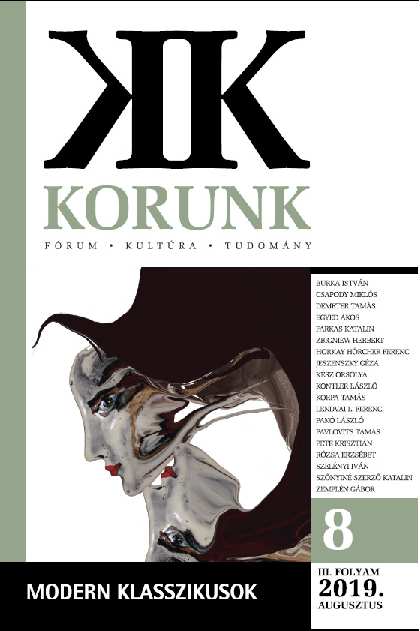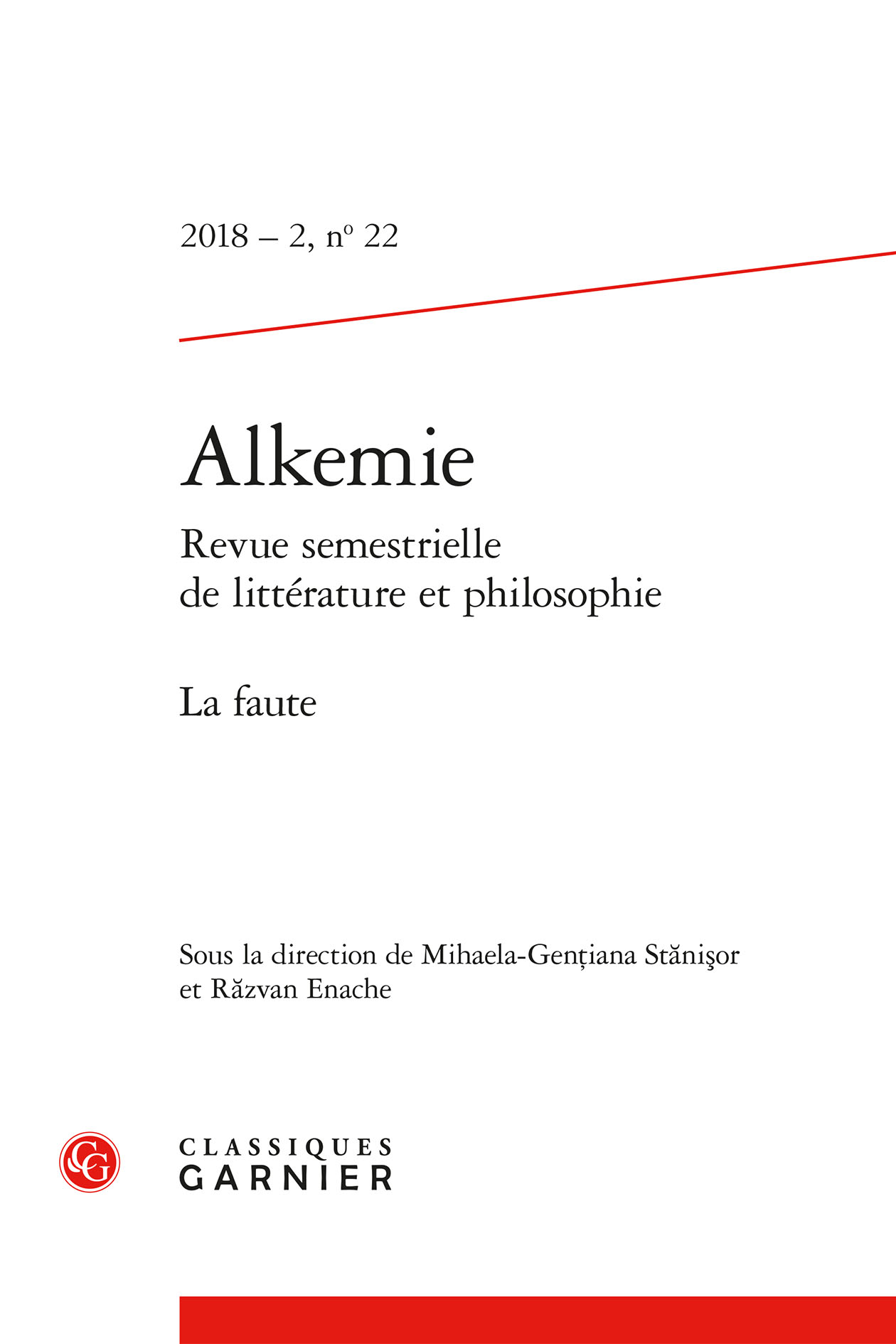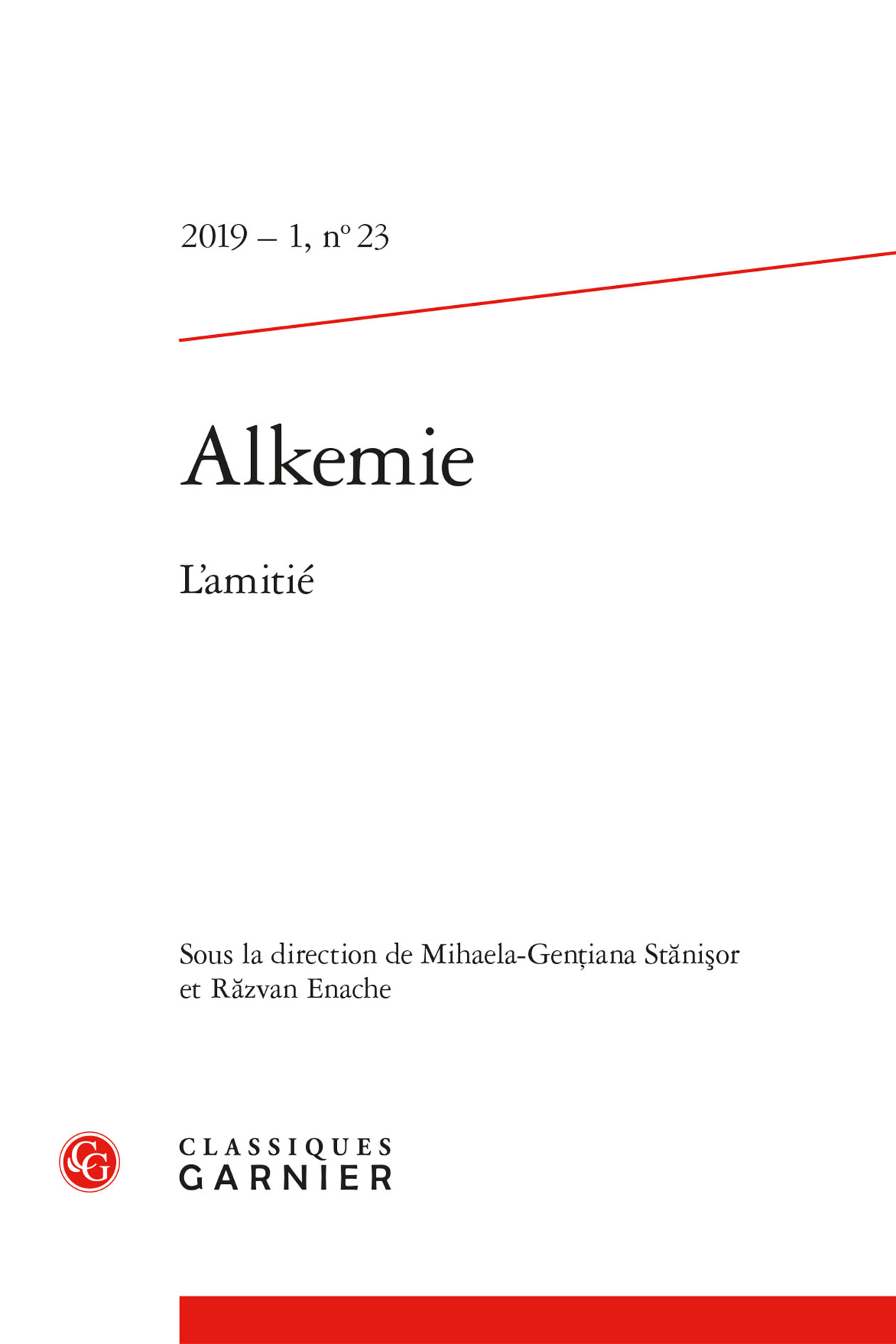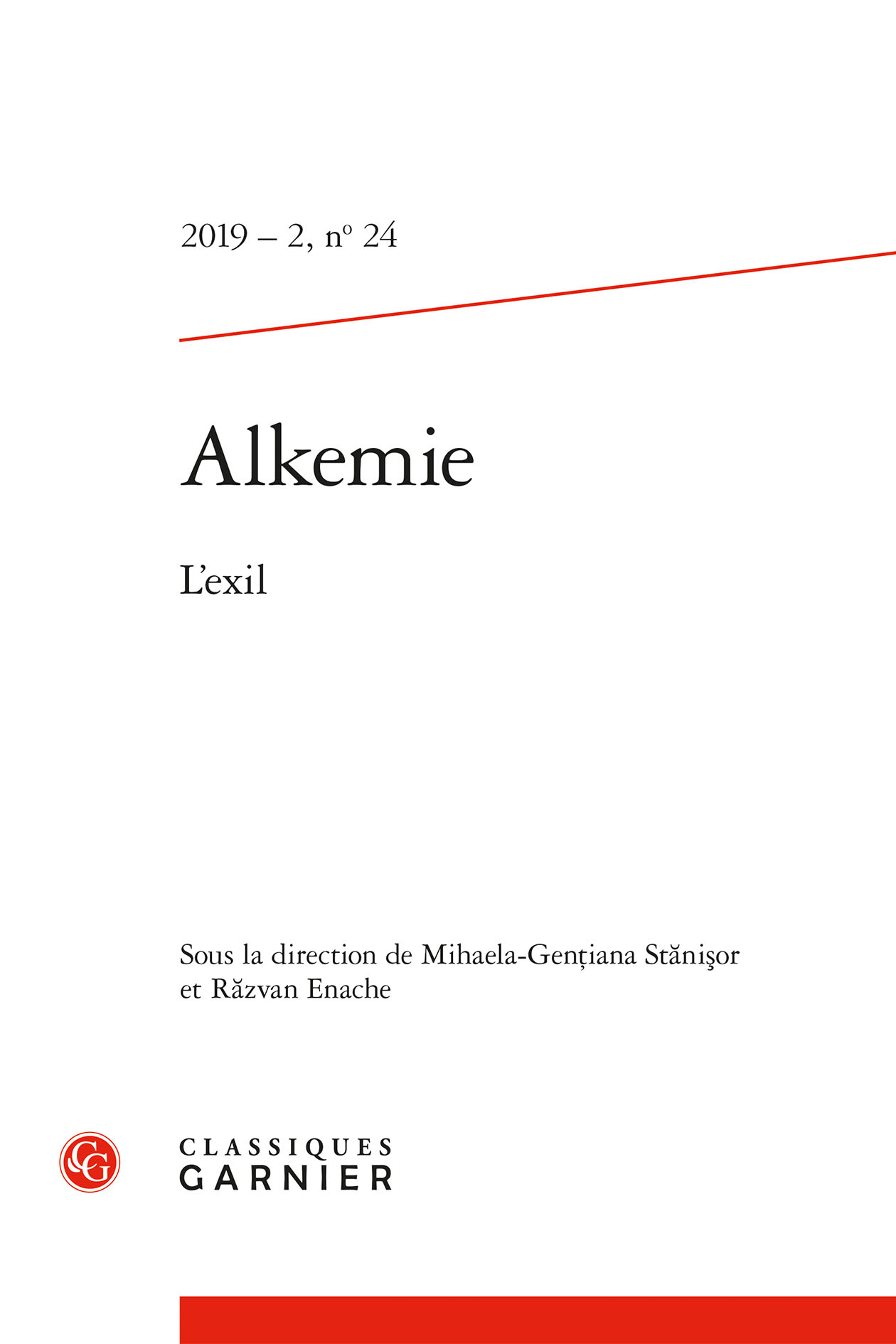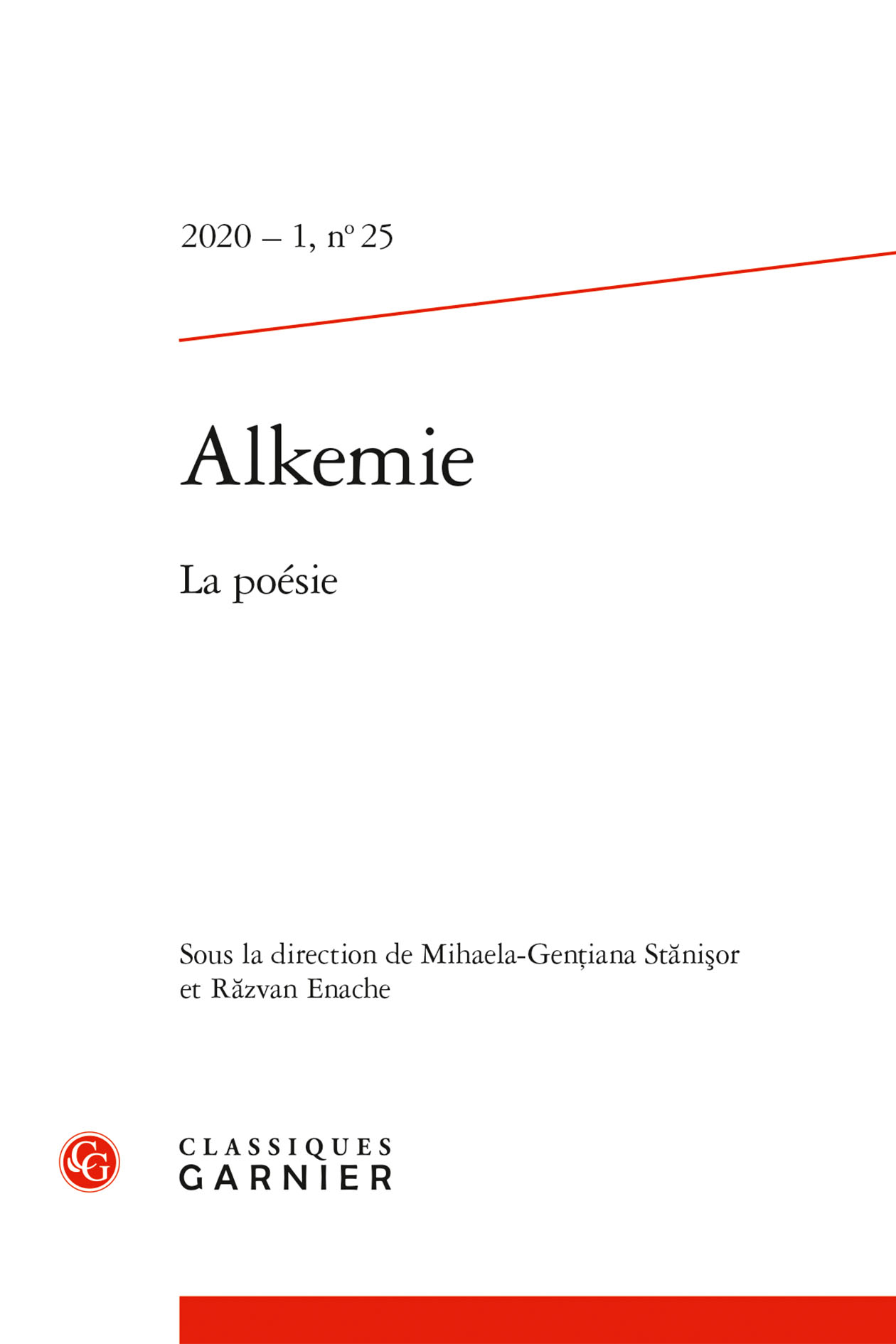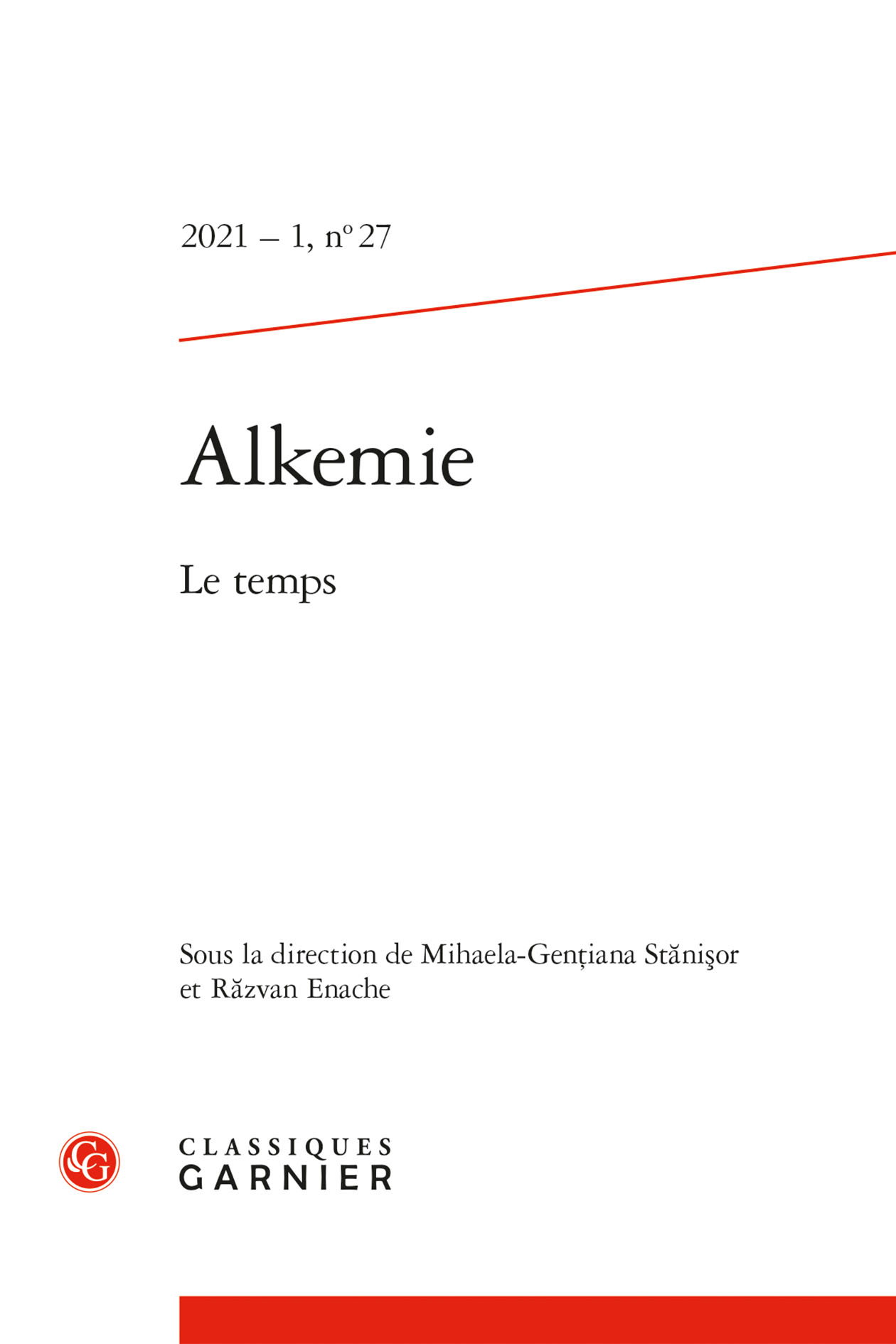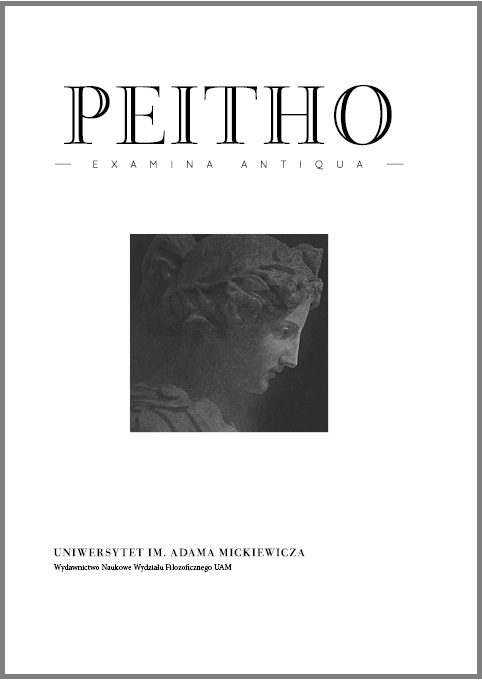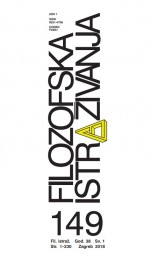
Vrijeme – krajolik – intima
The paper analyses concepts of time, landscape, and intimacy as presented in Milan Kangrga’s book Praxis – Time – World. These constitutive phenomena Kangrga thematised with the intention, among many, to point out the emergent paths of the modern “image of the world”, its theoretical foundation, and numerous practical connotations. In the light of the latter, the thematisation of the concepts of praxis, time, and world is an attempt to illuminate the fundamental situation of modern human being, more specifically, the understandings that, more or less directly, influence the values and ways of organizing sociability, including the idea of natural environment.
More...
